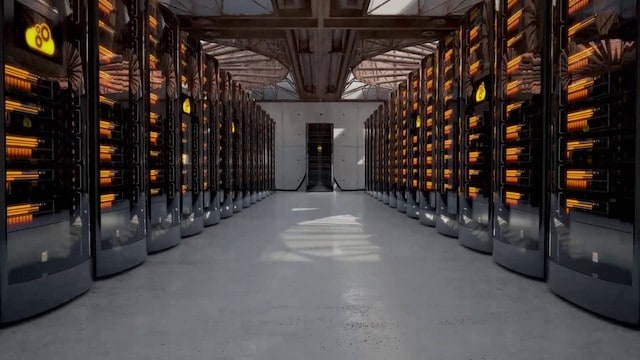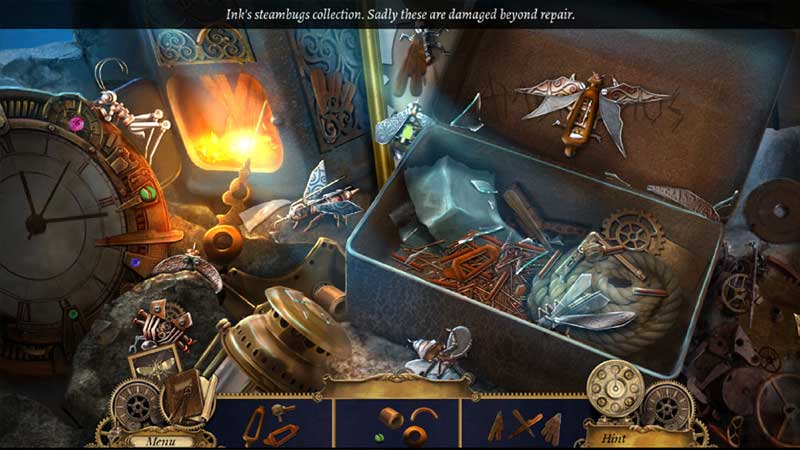The Role of Online Render Farms in the Gaming Industry
Like most creative aspects in the world, art is changing and evolving. While some may bemoan the use of 3D rendering in art, few can deny that it is becoming a more popular way for creatives to express themselves. Especially when there are some many helpful rendering tools that can play a part in a wide array of creative spaces.
So, what is 3D art, what does rendering mean, and how does it play a role in video games? We will explore those answers in this article.
3D art is defined as ‘art that is three-dimensional that can be viewed and interpreted from all sides and angles.’. Even if you’re unclear as to what defines a piece of 3D art, chances are you will have seen plenty of it in your day-to-day existence. Some of the greatest pieces of art are defined as such.
That’s the uncomplicated part. 3D rendering is where things get a little more complex as the process can be defined as ‘creating a photorealistic 2D image from 3D models’. Rendering being the last stage of the process of 3D visualization.
Imagine a video game and the creation of a room that a character may have to pass through or explore. Inside that room are going to be any number of objects and they require creation, texture, lighting, shadows, and more. A painstaking and lengthy process but one that is completely necessary if the game is to stand out and impress the player.
3D rendering has become a necessity, rather than a nice to have, as game development has evolved and demand for the highest of quality has increased. There is a lot of money in the 3D rendering market (valued at more than $2 billion in 2019) and any corners cut are notable to the players.
For video game design, it’s also not just about quality rendering either, it’s also about efficiency and cost. That’s why render farms have become an important part of video game design as 3D modelling has progressed.
So, what is a render farm? RebusFarm describes it as:
A computer system/data centre which is specialized in the calculation of computer-generated images (CGI). It’s mainly used to create films, visual effects, as well as, architectural visualizations.
3D rendering is a time-consuming task and costly task. So, render farms aim to not just speed up the process, but make it easier and cheaper for the artist. Something that the video game world was always going to embrace. Delivering the highest quality while also lowering costs is not just a key part of video game design, it’s the goal of almost every business in the world.
So, with that in mind, it’s no surprise that taking the hassle out of 3D rendering and finding cheaper, faster ways to do so has becomes a business in itself. Especially as technology has advanced to such a stage that even cloud rendering services are available and offer cheaper, faster, and more efficient ways for artists to get what they need.
Why though, would a video game studio feel the need to ‘outsource’ this aspect of their video game design? The answer is really simple. It comes back to time, which we all know is a necessity when it comes video game creation, but it also involves demand. In particular, the desire to have access to quick, easy, and competent services when you need it and need it now. This is what makes render farms so important and why the video game world has embraced them so whole-heartedly.
Art evolves, creativity expands, and technology advances. The video game world has always tried to be at the cutting edge of this and by making use of render farms, it continues to be.




